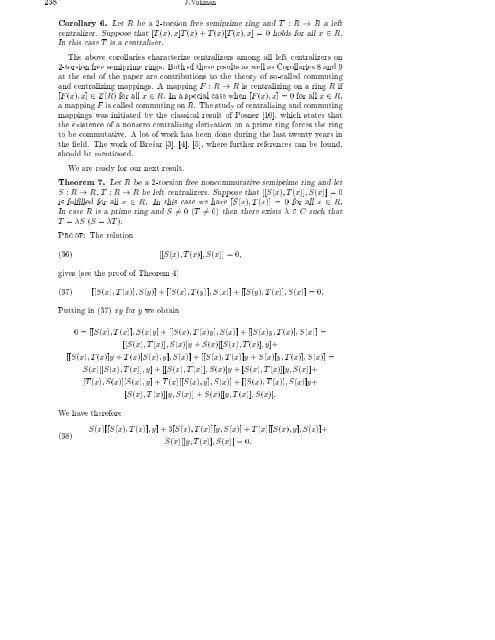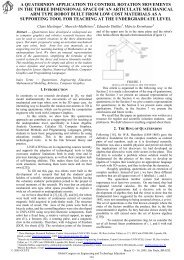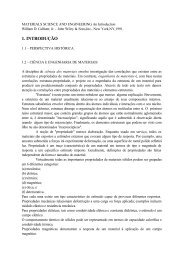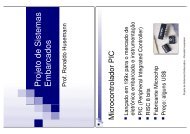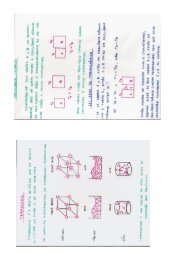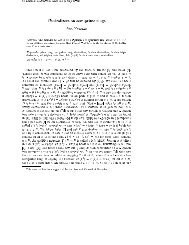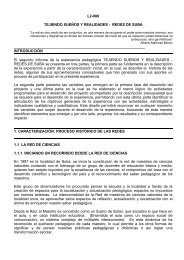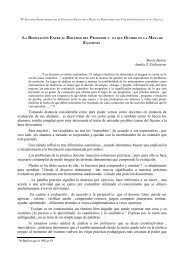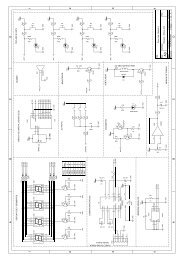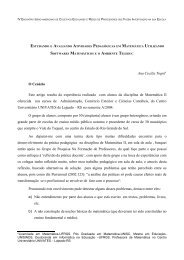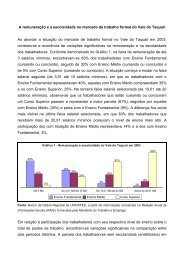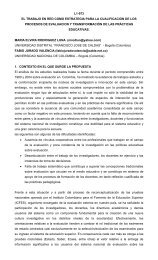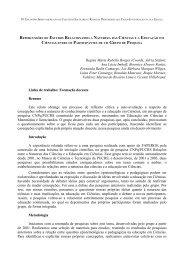Centralizers on prime and semiprime rings
Centralizers on prime and semiprime rings
Centralizers on prime and semiprime rings
You also want an ePaper? Increase the reach of your titles
YUMPU automatically turns print PDFs into web optimized ePapers that Google loves.
238 J. Vukman<br />
Corollary 6. Let R be a 2-torsi<strong>on</strong> free semi<strong>prime</strong> ring <strong>and</strong> T : R ! R a left<br />
centralizer. Suppose that [T (x);x]T (x)+T (x)[T (x);x]=0holds for all x 2 R.<br />
In this case T is a centralizer.<br />
The above corollaries characterize centralizers am<strong>on</strong>g all left centralizers <strong>on</strong><br />
2-torsi<strong>on</strong> free semi<strong>prime</strong> <strong>rings</strong>. Both of these results as well as Corollaries 8 <strong>and</strong> 9<br />
at the end of the paper are c<strong>on</strong>tributi<strong>on</strong>s to the theory of so-called commuting<br />
<strong>and</strong> centralizing mappings. A mapping F : R ! R is centralizing <strong>on</strong> a ring R if<br />
[F (x);x] 2 Z(R) for all x 2 R. In a special case when [F (x);x] = 0 for all x 2 R,<br />
a mapping F is called commuting <strong>on</strong> R. The study of centralizing <strong>and</strong> commuting<br />
mappings was initiated by the classical result of Posner [10], which states that<br />
the existence of a n<strong>on</strong>zero centralizing derivati<strong>on</strong> <strong>on</strong> a <strong>prime</strong> ring forces the ring<br />
to be commutative. A lot of work has been d<strong>on</strong>e during the last twenty years in<br />
the eld. The work of Bresar [3], [4], [5], where further references can be found,<br />
should be menti<strong>on</strong>ed.<br />
We are ready for our next result.<br />
Theorem 7. Let R be a 2-torsi<strong>on</strong> free n<strong>on</strong>commutative semi<strong>prime</strong> ring <strong>and</strong> let<br />
S : R ! R, T : R ! R be left centralizers. Suppose that [[S(x);T(x)];S(x)] = 0<br />
is fullled for all x 2 R. In this case we have [S(x);T(x)] = 0 for all x 2 R.<br />
In case R is a <strong>prime</strong> ring <strong>and</strong> S 6= 0(T 6= 0)then there exists 2 C such that<br />
T = S (S = T ).<br />
Proof: The relati<strong>on</strong><br />
(36) [[S(x);T(x)];S(x)] = 0;<br />
gives (see the proof of Theorem 4)<br />
(37) [[S(x);T(x)];S(y)] + [[S(x);T(y)];S(x)] + [[S(y);T(x)];S(x)] = 0:<br />
Putting in (37) xy for y we obtain<br />
0=[[S(x);T(x)];S(x)y]+[[S(x);T(x)y];S(x)] + [[S(x)y; T(x)];S(x)] =<br />
[[S(x);T(x)];S(x)]y + S(x)[[S(x);T(x)];y]+<br />
[[S(x);T(x)]y + T (x)[S(x);y];S(x)] + [[S(x);T(x)]y + S(x)[y; T(x)];S(x)] =<br />
S(x)[[S(x);T(x)];y]+[[S(x);T(x)];S(x)]y +[S(x);T(x)][y; S(x)]+<br />
[T (x);S(x)][S(x);y]+T (x)[[S(x);y];S(x)] + [[S(x);T(x)];S(x)]y+<br />
We have therefore<br />
[S(x);T(x)][y; S(x)] + S(x)[[y; T(x)];S(x)]:<br />
(38)<br />
S(x)[[S(x);T(x)];y]+3[S(x);T(x)][y; S(x)] + T (x)[[S(x);y];S(x)]+<br />
S(x)[[y; T(x)];S(x)] = 0:


